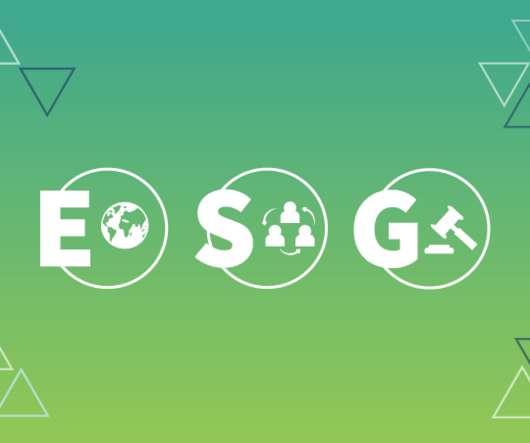What Is ESG? [Complete Guide]
LogisManager
JUNE 10, 2021
Let’s take a look at each of the 3 ESG considerations and dive into what exactly they entail: Environmental criteria evaluate how strongly a business acts as a steward of the environment. According to their cofounder, Jeff Raider, being socially conscious is woven into the core of their business plan. ESG solutions.












Let's personalize your content